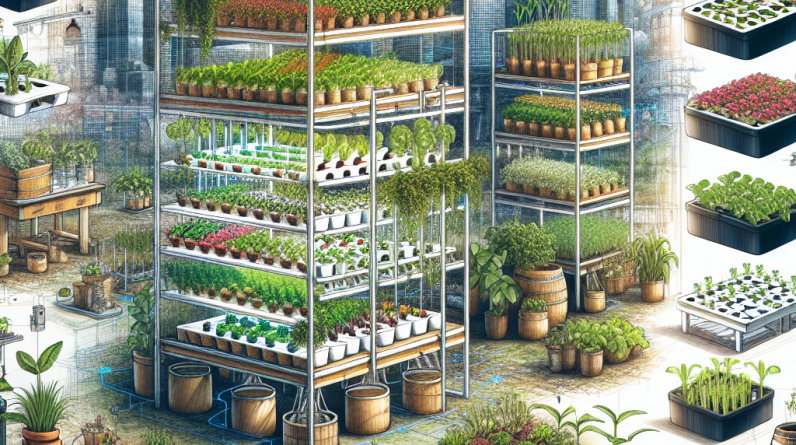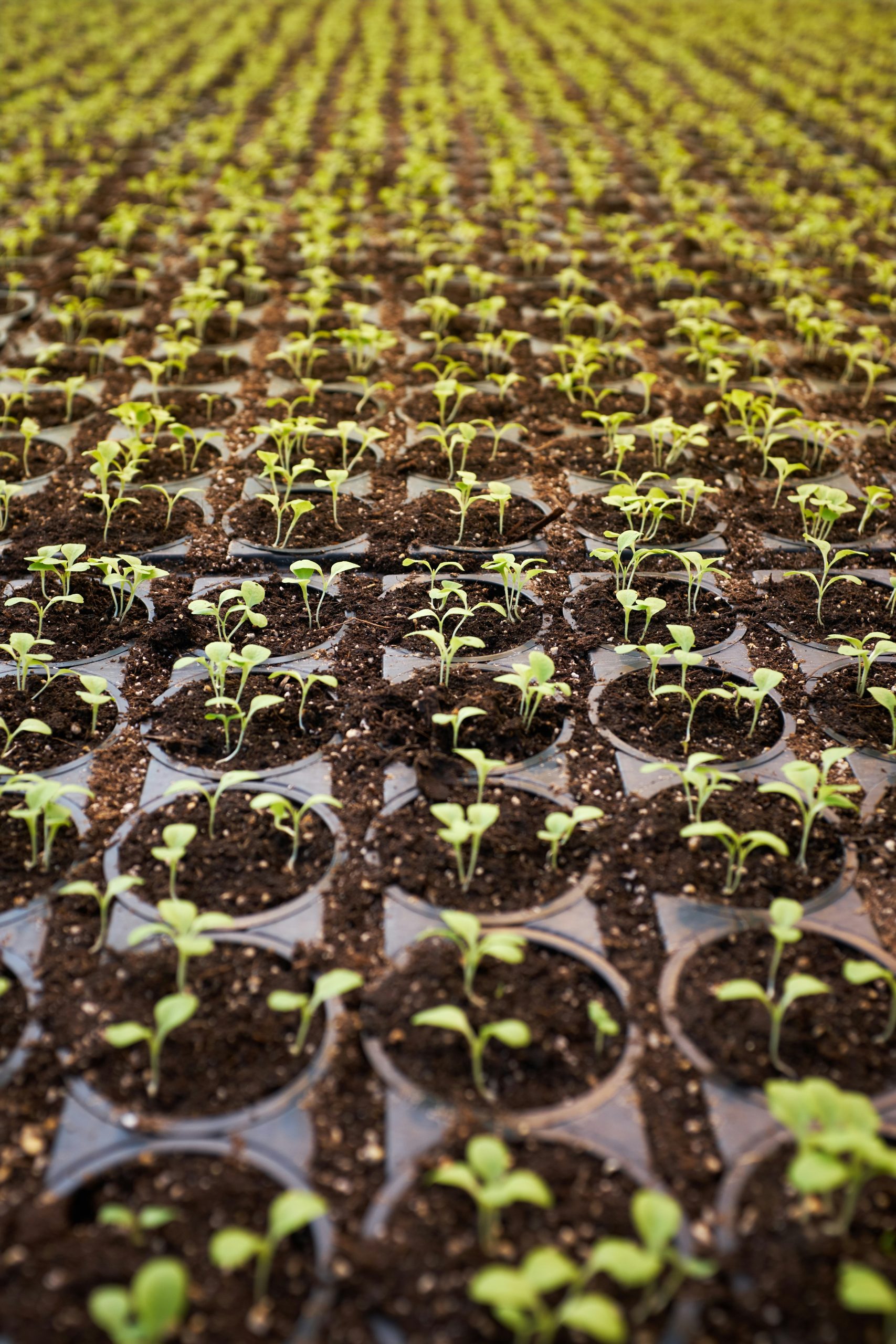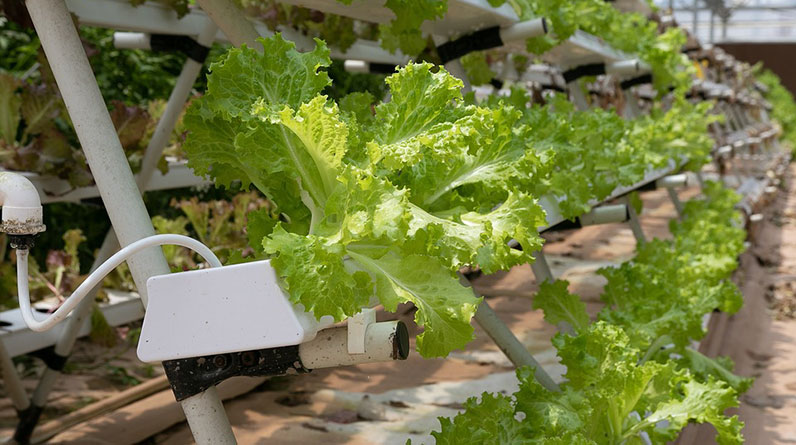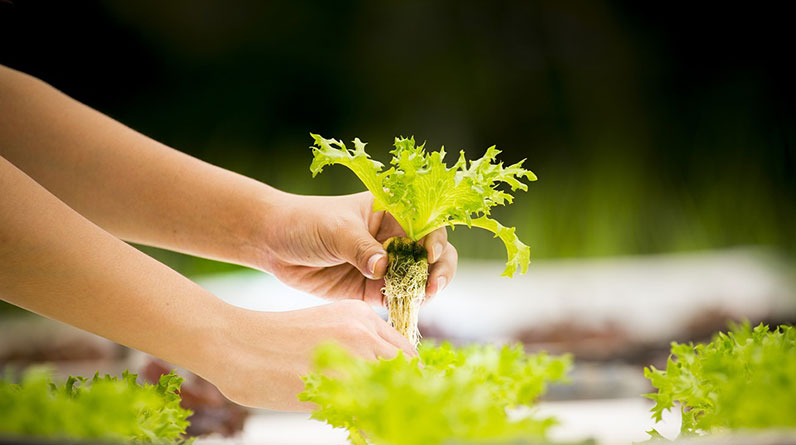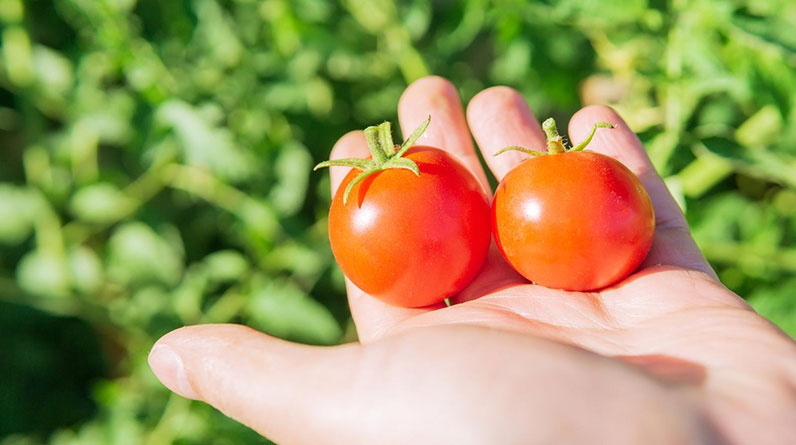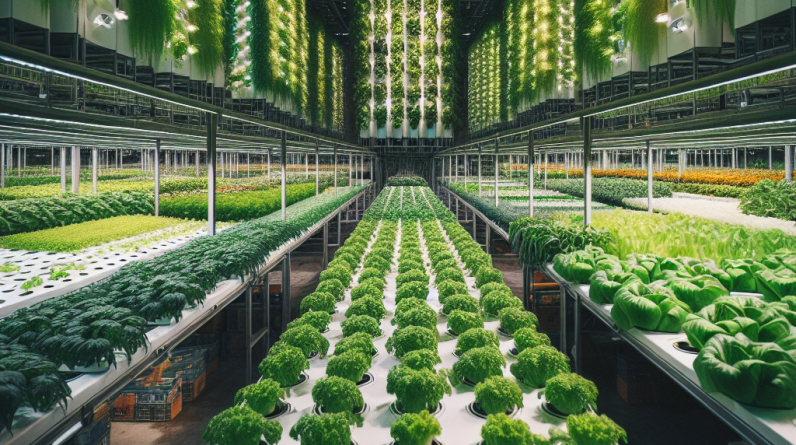
Choosing the Right Space
Finding Your Ideal Location
When I’m thinking about starting my indoor farm, one of the first things I do is look for the perfect spot. It’s all about finding a place that gets plenty of natural light or where I can easily set up grow lights. I usually prefer rooms with a south-facing window because plants absolutely flourish there. Just think about how sunlight impacts your own mood; plants are the same way!
You should also consider the size of the space. Whether you’re working with a small apartment or a spacious home, determine how many plants you want to grow and factor in the space each will need. It’s easy to get carried away with dreams of a full indoor garden, but make sure you’re being realistic about what can fit in your spot.
Temperature is another big deal. I pay close attention to whether the space tends to be too hot or too cold and how that might affect the plants. Maintaining a steady temperature is crucial for growth and keeping them happy throughout the day.
Preparing for Cleanliness
I’ve learned the hard way that cleanliness is key when farming indoors. Before I even set up my planting area, I make sure to clean everything. I’m talking about surfaces, tools, and containers—it’s essential to prevent pests and diseases. After all, you wouldn’t want to breathe contaminated air, would you? Keep that in mind when prepping your farm!
Having a dedicated area for potting and maintenance also makes a huge difference. I always grab a drop cloth or even an old sheet to catch any soil spills. Trust me, it saves a ton of time later when cleaning up. I remember the first time I just used the kitchen table, and let’s say, it turned into a mini war zone.
Lastly, keeping a spray bottle filled with water and a mild sanitizer nearby allows me quick access for wiping down my surfaces as I work. Just a quick spritz here and there keeps everything looking nice and tidy, not to mention it helps reduce any mess build-up!
Organizing Tools and Supplies
Having all the right tools at my fingertips is a game-changer. I usually invest in some good-quality containers and tools and dedicate a storage bin specifically for them. That way, when I need to pinch some soil or grab a pot, it’s all in one place, which means less time looking around and more time growing.
Labeling is another trick I swear by. For seeds, I use small tags or even washi tape to keep track of what’s where. It prevents any mix-ups and allows me to track growth easily. Plus, it feels so satisfying to see everything organized and neat — it’s like a little garden paradise in my home!
With organization comes time management. Personally, I like to set specific days for sowing, watering, and harvesting. Having a calendar or planner helps me stay on track, making sure I give each plant the attention it deserves without feeling overwhelmed.
Choosing the Right Plants
Starting with Easy Varieties
If you’re new to indoor farming, I always recommend starting with easier plant varieties. Herbs like basil, mint, and parsley are fantastic! They’re forgiving, grow quickly, and can spice up your cooking in no time. Seriously, nothing beats the smell of fresh herbs right from your own windowsill.
Leafy greens are another great choice. Think spinach or lettuce! They’re relatively low-maintenance, and I get to enjoy fresh salads without running to the supermarket. Just imagine biting into a salad made from your very own indoor harvest. It’s pretty rad.
Don’t overlook succulents, either. While they aren’t edible, they are perfect for beginners as they require minimal care. They’re fun to experiment with and can really jazz up your indoor space.
Understanding Plant Needs
Each plant has its own care instructions, and I cannot stress enough how vital it is to read up on what they need. This can be soil type, watering frequency, or the amount of light they require. I’ve learned that doing a little research saves a lot of headaches later. Nobody wants to find out their poor plant is struggling after the fact!
I’ve often made a chart to compare the care needs of different plants I have. This visual aid helps me keep track of what needs watering, when to fertilize, or when to prune. Plus, it’s super satisfying to check off tasks as they are completed!
Don’t forget about pest management. As much as I wish for a pest-free paradise, that’s not always the case. Educating myself about common pests and how to deal with them has saved my crops more than once. Trust me, prevention is way better than trying to fix a bigger problem later!
Experimenting with Exotic Plants
Once I’ve nailed down the basics, I really enjoy experimenting with exotic species. Things like microgreens or even dwarf varieties of fruiting plants bring excitement to my indoor farm. They can be a little trickier but are worth the challenge. Plus, the bragging rights when you harvest something not everyone has! Instant cool factor!
I’ve found that some exotic plants can be finicky, so patience is key. Don’t get discouraged if something doesn’t sprout right away. Every gardener has had their share of fails; it’s part of the journey!
Networking with other indoor farmers or joining online communities has also helped me learn so much. Sharing knowledge and experiences can give you some fabulous ideas on what to grow and how to troubleshoot any hiccups together.
Maintaining a Mess-Free Environment
Watering Wisely
I can’t tell you how crucial this step is! Watering my plants is essential, but I’ve made a habit of doing it carefully. I use a watering can with a spout to keep it controlled and avoid drips everywhere. Over the years, I’ve learned that less is more—too much water leads to all sorts of problems!
To keep messes to a minimum, I like to water plants in the sink if possible. It’s a great way to keep things tidy and allows me to clean up any excess water on the way. If I’m using trays, I ensure they are able to handle drainage so that water doesn’t pool and create a mess.
Utilizing self-watering pots is another game-changer. It ensures that my plants get just the right amount of moisture, cutting down on my need to remember when to water. Plus, it lessens the worry about over-watering, and it really keeps everything looking sharp!
Cleaning Regularly
Setting a routine to clean up helps me tackle any mess before it gets out of hand. I typically take 15 minutes every week to tidy up the area—sweeping any spilled soil, wiping down surfaces, and ensuring everything is looking neat. Bit by bit, it adds up to a mess-free environment!
Don’t forget to clean your tools, too. After getting down and dirty in the soil, I make it a point to wash my pots and gardening tools. Keeping them clean prevents cross-contamination from pests or diseases. Plus, it’s nice using shiny, clean tools next time around!
Lastly, I always keep any available trash bins nearby. It helps to easily dispose of dried leaves or other debris without letting it pile up. Keeping the space clean not only helps the plants but also makes being in that space so much more enjoyable!
Controlling Pests Without Mess
Ironically, managing pests doesn’t have to be messy either! I find that using traps and natural repellents does wonders and doesn’t create a mess like some chemical treatments can. You’d be surprised at how many everyday items can help deter pests without the fuss.
Companion planting is another trick I swear by. Some plants naturally repel pests when planted alongside others, so I always do a bit of research to identify what grows well together and what can keep pests away. It’s a genius way to utilize your space better!
Monitoring my plants regularly is also a proactive step I take. It’s easier to manage any infestations early on rather than letting them escalate. Plus, I can get to know each plant’s personality, which is part of the joy of gardening!
Using Technology to Enhance Farming
Smart Grow Lights
Let me tell you, smart grow lights are a true lifesaver. I invested in some that adjust based on the time of day, and they have made indoor farming a breeze. The setup takes just a few minutes, and they keep my plants thriving even when natural sunlight isn’t ideal.
With timers, I can ensure my plants get the right amount of light without stressing over scheduling. A quick peek at my phone and I can control everything remotely. It’s comforting to know my greenery is getting the right care when I’m busy or away!
Plus, some smart lights come with spectrum adjustments that allow you to tailor the light conditions suitable for different stages of plant growth. It’s like having an indoor garden assistant! I’m all about that tech life in my farming journey.
Hydroponic Systems
Hydroponics changed the way I think about growing indoor plants. No soil? No problem! It’s a clean way to cultivate plants, and honestly, I was amazed at how quickly my plants thrived without soil. It just feels so futuristic and is surprisingly simple to set up.
Automation in hydroponic systems can also take a load off my shoulders. Nutrient delivery systems save time and ensure each plant gets the precise nutrients it needs, all while keeping my farm neat and tidy. Talk about tech for the win!
If you’re looking to reduce soil mess while still producing a healthy crop, I highly recommend giving hydroponics a try. It’s a great way to get your feet wet in modern farming!
Gardening Apps
There are tons of gardening apps that help me organize my farming life. From reminders about watering and feeding schedules to identifying plants and pests, they really simplify the process. I’ve got everything I need in the palm of my hand!
Some apps allow me to document my growth and take photos, which helps track progress over time. It’s a fun way to see how far you’ve come; believe me, it can be super motivating when you see those plants sprouting!
Joining online gardening communities through these apps also creates a support network. You get to swap tips, find inspiration, and even troubleshoot issues together. Technology is such a cool way to connect with fellow plant enthusiasts!
FAQ
What are some good beginner plants for indoor farming?
Some great beginner plants include herbs like basil and mint, as well as leafy greens such as spinach or lettuce. They are easy to grow and can be very rewarding!
How do I keep my indoor farming space clean?
Regularly cleaning surfaces, setting up a designated area for potting, and keeping trash bins handy can greatly reduce mess. A routine helps manage cleanup without stress!
What advantages do smart grow lights offer?
Smart grow lights automatically adjust based on the time of day and can be controlled remotely. They ensure your plants get the right light, even when you can’t be there.
Are hydroponic systems difficult to set up?
Not at all! Many systems come with easy setup instructions. Once you’re up and running, hydroponics can be a very efficient way to grow plants indoors without mess.
How can I use technology to enhance my indoor farming?
Using smart grow lights, hydroponic systems, and gardening apps can streamline your indoor farming experience. Each of these technologies helps improve plant growth while keeping everything tidy and organized.



